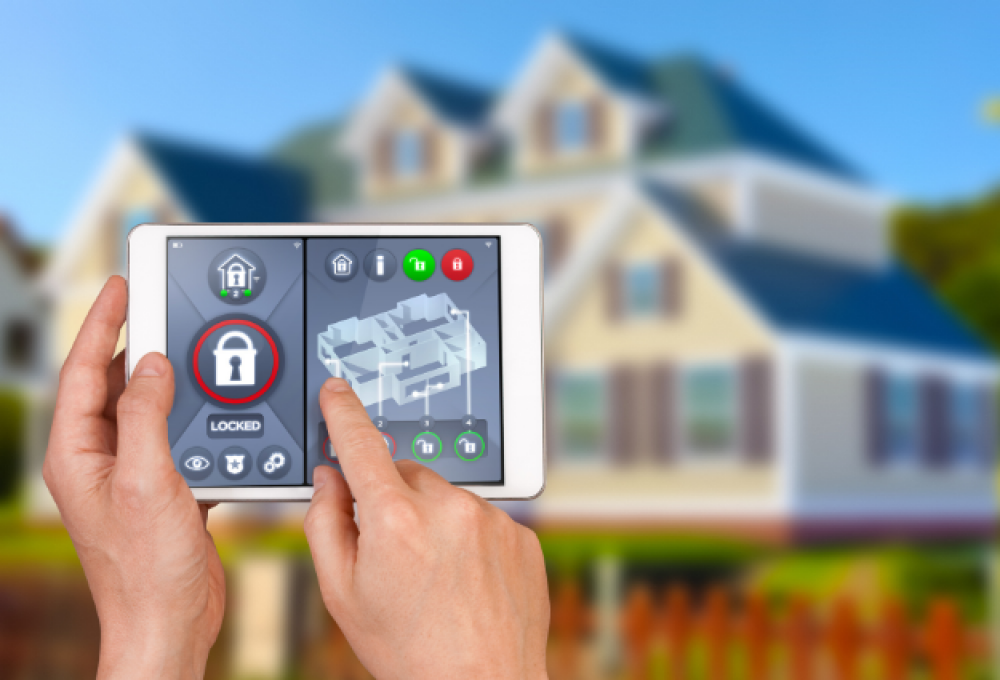
Comprehensive Guide to Burglar Alarms: Enhancing Home Security
In an era of rising security concerns, burglar alarms in New Haven are critical components of residential and commercial security systems. These devices deter potential intruders and provide peace of mind to property owners. We will explore the functionalities of burglar alarms, the variety of systems available, the technology behind them, installation considerations, integration with broader security systems, maintenance tips, and future trends in alarm technology.
Understanding Burglar Alarms and Their Functionality
Burglar alarms are designed to detect unauthorized entry into a building or area. They monitor entry points such as doors, windows, and interior spaces for unauthorized movements using a range of detectors and sensors. When a potential intrusion is detected, the alarm system triggers a siren or bell to alert the occupants and scare off the intruder. Many modern systems can also send an alert to a monitoring center or directly to the homeowner’s mobile device, allowing immediate action to be taken even when the property owner is not on site.
Types of Burglar Alarm Systems
There are several burglar alarm systems, each catering to different security needs. The most basic distinction is between wired and wireless systems. Wired systems are typically more reliable and less prone to interference but require professional installation, which can be invasive and time-consuming. On the other hand, wireless systems offer easier and quicker installation and flexibility in terms of placement but may suffer from interference and require regular battery replacements. Some monitoring systems send alerts to a security company, which can then contact emergency services, and unmonitored systems simply trigger a loud alarm to alert those nearby and deter intruders.
Installation Considerations for Burglar Alarms
Proper installation is crucial for ensuring the effectiveness of burglar alarms. The installation involves determining optimal placement for sensors and control panels, ensuring all components communicate effectively, and configuring settings according to the user’s preferences and the specific security requirements of the property. It is often advisable to engage professionals to install wired systems to avoid potential issues with complex wiring and ensure that all components are properly configured. Many homeowners opt for DIY installation for wireless systems, which is facilitated by user-friendly kits with pre-programmed settings.
Integration with Broader Security Systems
Burglar alarms are often integrated with other security components, such as CCTV cameras, motion detectors, and smart home systems for enhanced security. This integration allows for a more comprehensive approach to security, where different components work together to monitor and protect the property. For instance, when a burglar alarm is triggered, the CCTV cameras can start recording to capture footage of the intruder, and the smart home system can turn on all lights in the building. Such integrated systems are managed via centralized control panels or smartphone applications, offering users greater control and real-time monitoring capabilities.
Maintaining Your Burglar Alarm System
Regular maintenance is key to ensuring that burglar alarms remain functional and effective. This includes routine checks of all system components, such as sensors, batteries, and connections. It is also important to conduct regular communication tests with the monitoring service for monitored systems. Homeowners should be familiar with their alarm system’s maintenance requirements and schedule professional inspections if necessary. Keeping the alarm system in good working order maximizes longevity and ensures reliable protection.
Future Trends in Burglar Alarm Technology
The future of burglar alarm technology will likely see greater integration with smart home technology and advancements in artificial intelligence (AI). Future systems might use AI to differentiate between routine movements within a house and potential security threats, reducing false alarms and enhancing security protocols. Additionally, as smart home devices become more common, alarm systems will likely become more interconnected, allowing for automated responses to various scenarios and streamlined management through single interfaces.
Burglar alarms are an essential aspect of modern security systems, offering both deterrence and detection of intrusions. By understanding the various types of systems available, installation considerations, and integration with other security measures, property owners can make informed decisions about how best to protect their homes and businesses. With ongoing advancements in technology, burglar alarms will continue to evolve, offering more sophisticated, integrated, and user-friendly solutions to meet the security needs of tomorrow.

